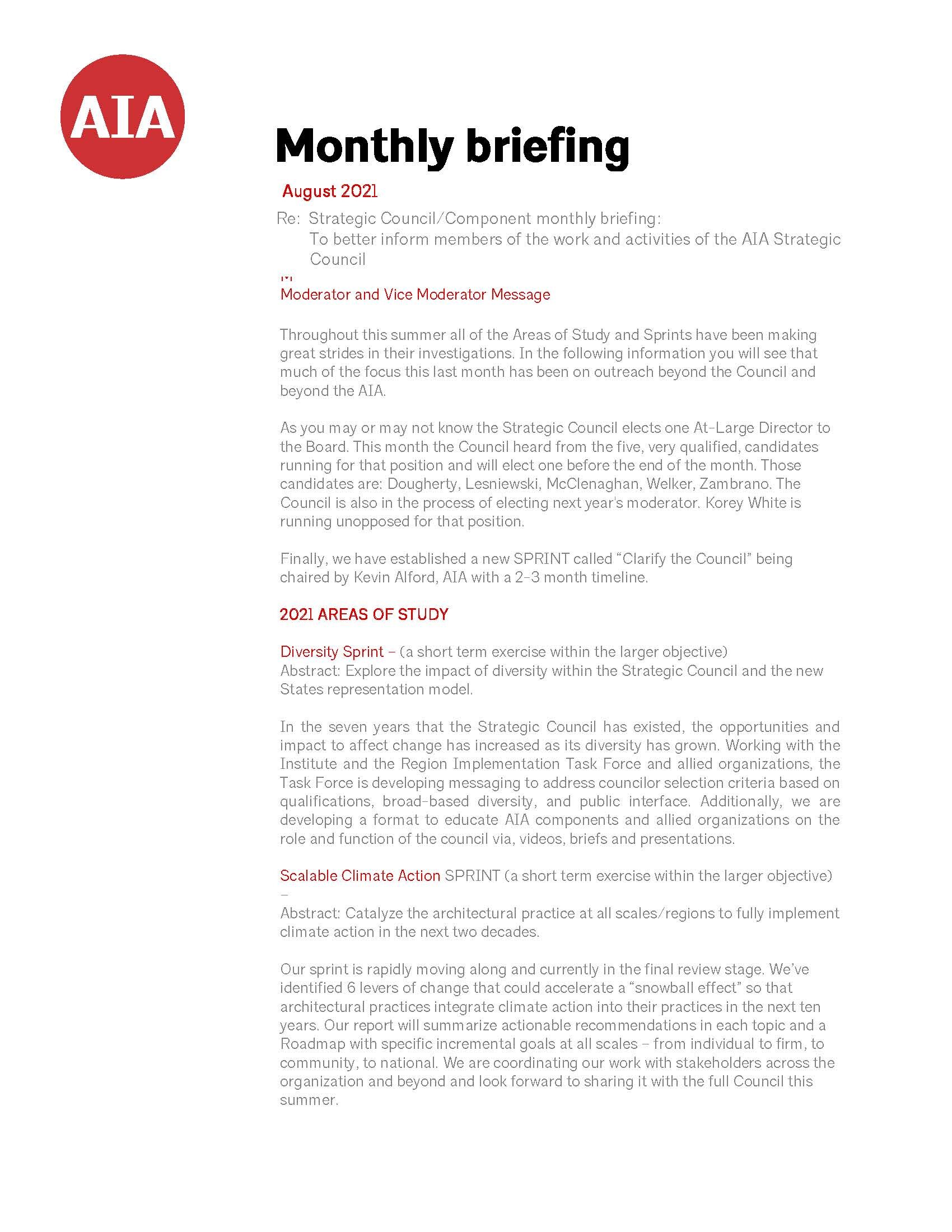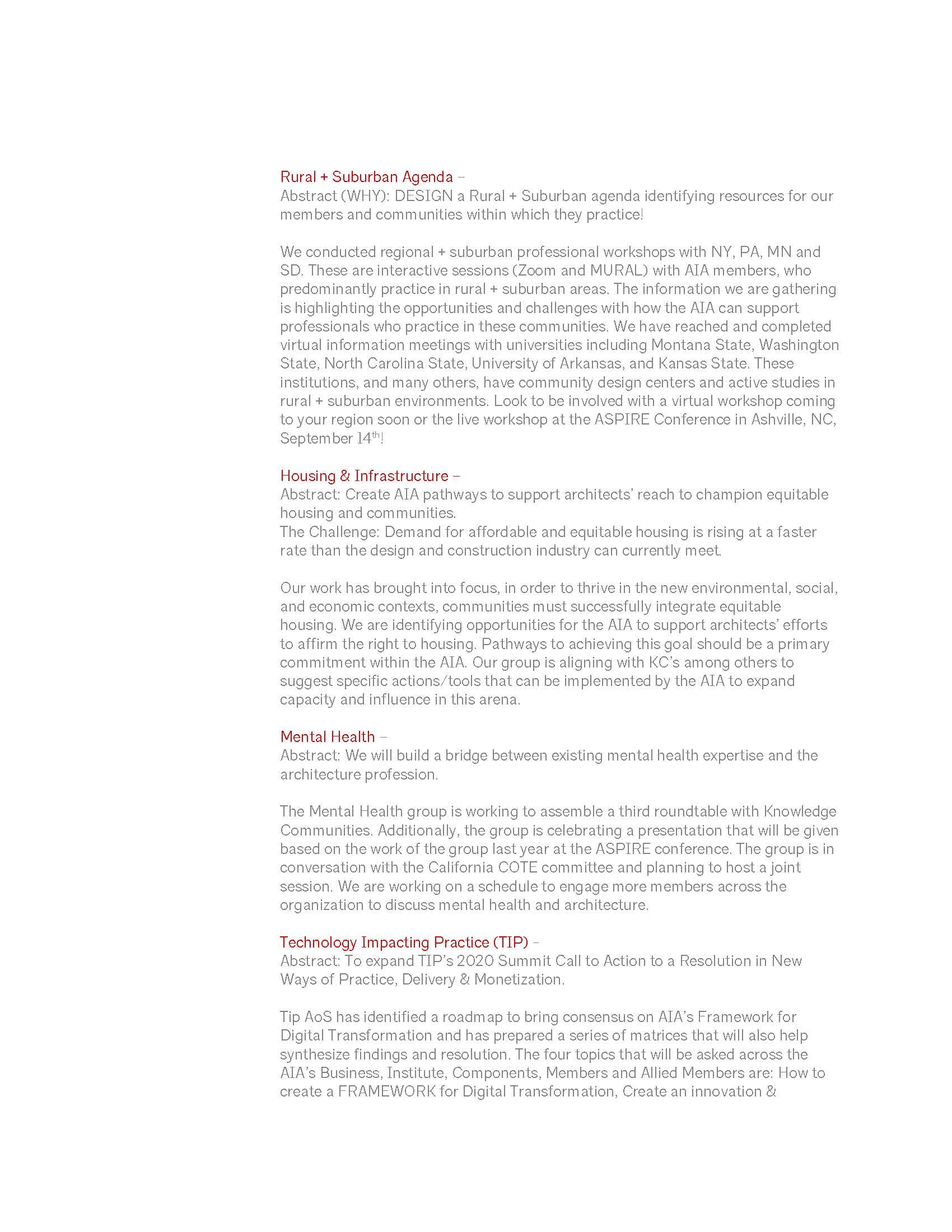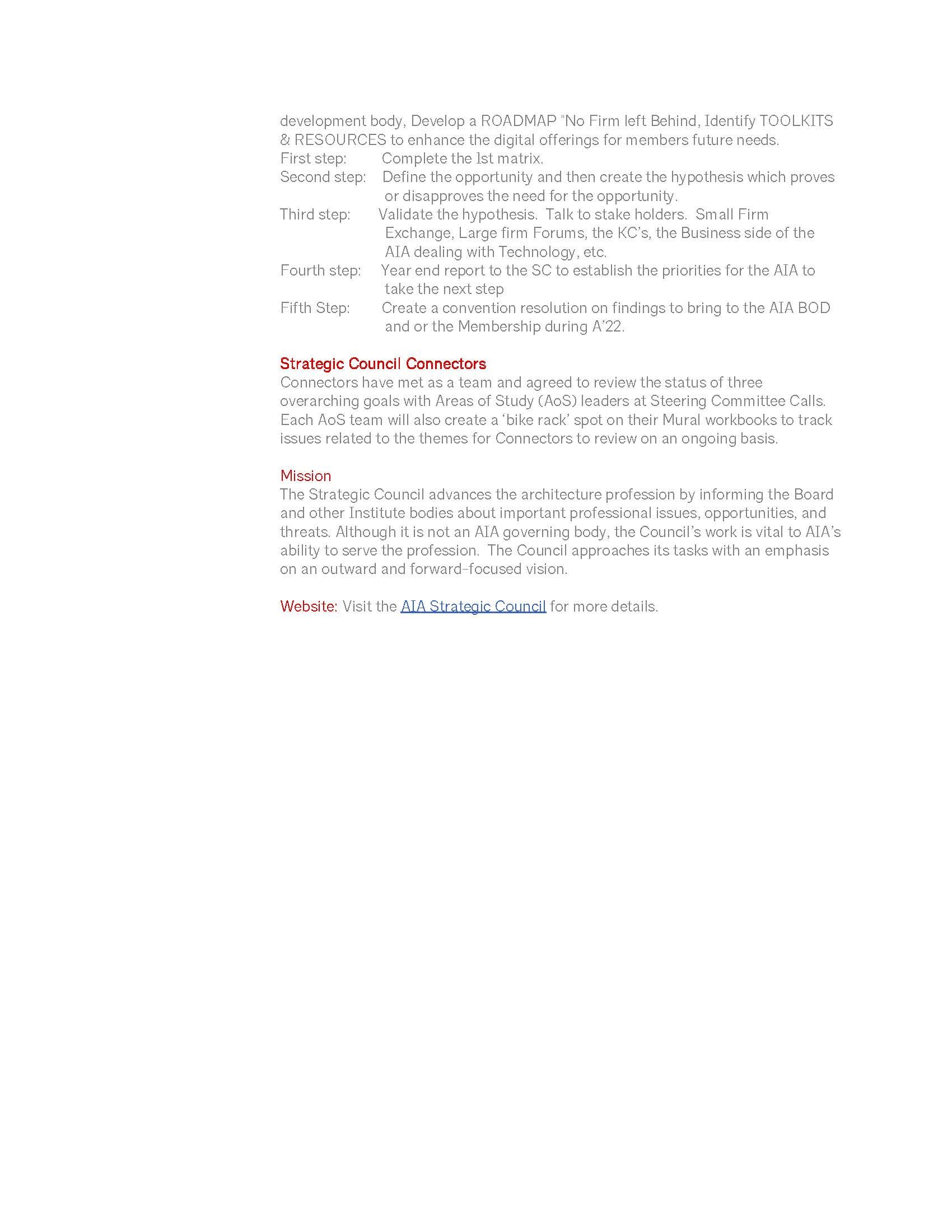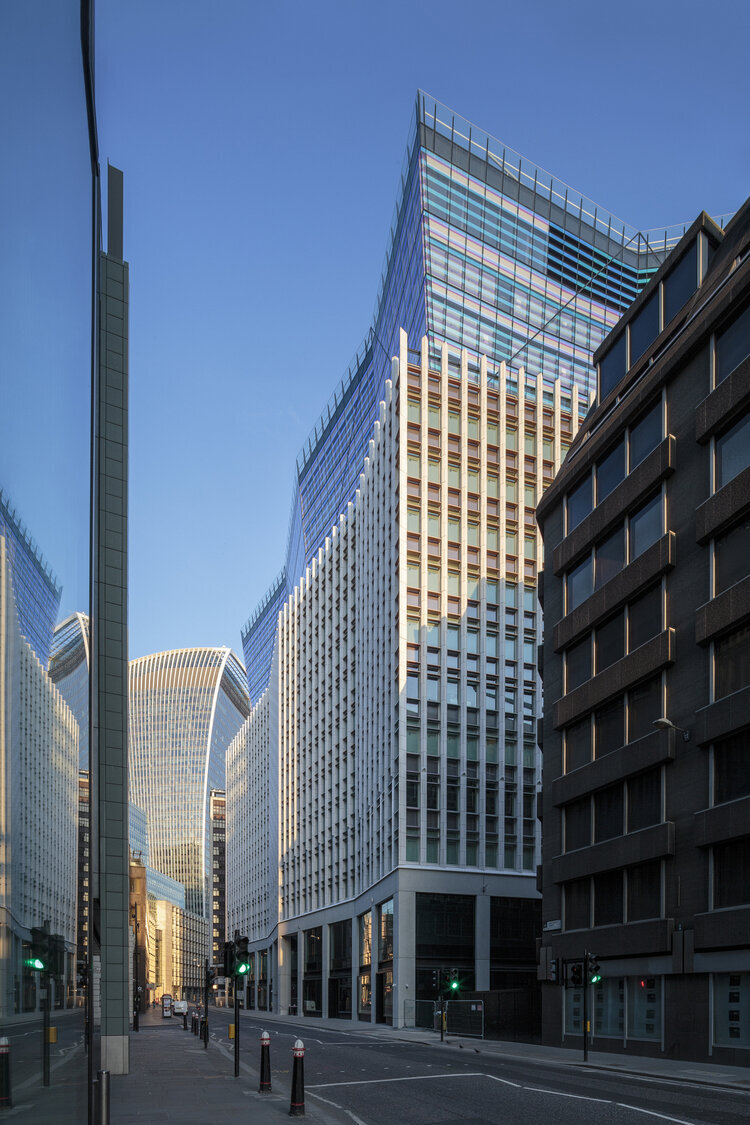World Architecture Day - 4 October 2021
Fiona Mckay
Created by the UIA in 1985, World Architecture Day is celebrated on the first Monday of October each year in parallel with UN World Habitat Day. By choosing the theme “Clean environment for a healthy world”, the UIA, International Union of Architects, hopes to contribute to the global conversation on the 2030 development agenda by focusing on three key areas: housing, public spaces and their relation to climate change.
Housing: The UIA firmly believes that all humans have the right to adequate housing. According to UNHabitat, more than 1.8 billion people worldwide lack adequate housing. It estimates that by 2030, 40 percent of the world’s population will need access to adequate housing, a precondition for access to employment, education, health and social services.
Public Spaces: The ongoing COVID-19 pandemic has had a significant impact in shaping how we view the future of public buildings and open spaces. Cities on the frontlines of the health crisis and response efforts around the world are uniquely prepared to rebuild sustainably and resiliently while reducing inequalities and focusing on inclusion.
Climate Change: The United Nations Environment Programme estimates that cities are responsible for 75 percent of global CO2 emissions, with transport and buildings being among the largest contributors. Architects are equipped to respond to the complex challenges of the built environment. The UIA SDG Commission works to create a bridge between the UN initiatives and the practices of architects around the world. It aims to ensure that architects are not just responsive to the new Agenda for Sustainable Development, but instrumental in its implementation and evolution.
Read more HERE







